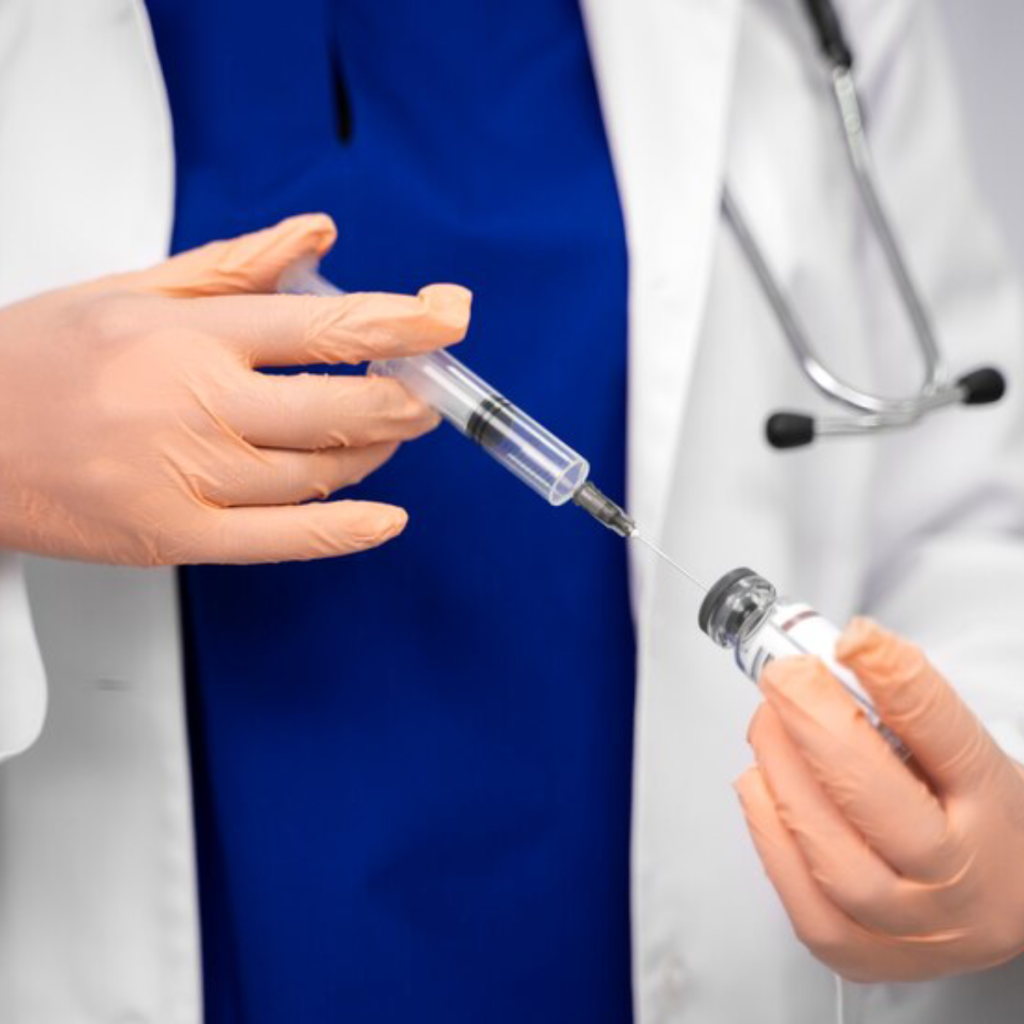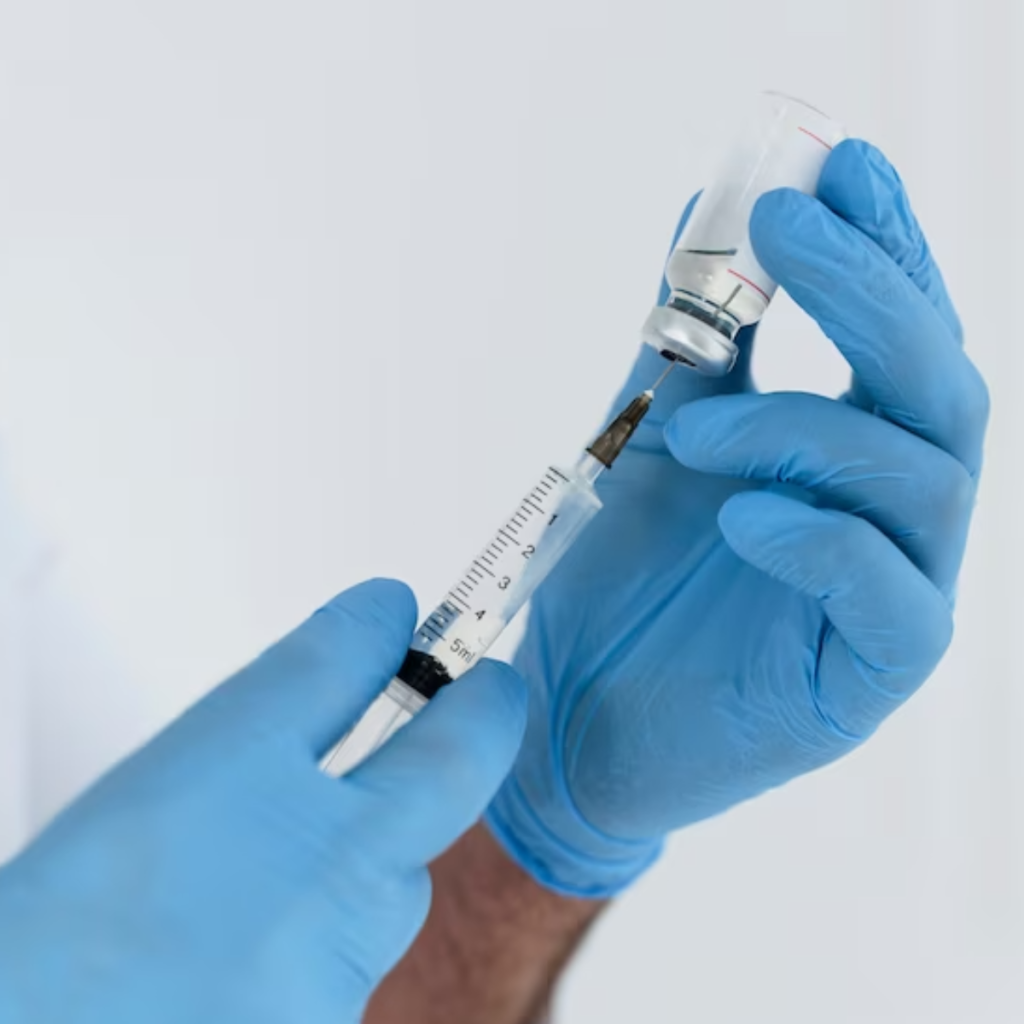Penile Injection Therapy: Male Enhancement Explained
September 13, 2023

Welcome to the world of male enhancement, where we explore the mysteries and wonders of penile injection therapy. This is not your average, run-of-the-mill topic, but a fascinating journey into the realms of medical science and personal transformation. Buckle up, because we're about to dive deep!
Penile injection therapy, also known as intracavernosal injection therapy, is a treatment method used to combat erectile dysfunction (ED) and enhance male sexual performance. It's a bit like giving your little soldier a pep talk, only with a syringe instead of a motivational speech. But don't worry, we'll explain everything in detail, so you can understand how it all works.

The Science Behind Penile Injection Therapy
Now, let's get down to the nitty-gritty. Penile injection therapy is based on the principle of vasodilation, which is a fancy term for the widening of blood vessels. When you inject certain medications into the penis, they cause the blood vessels to expand, allowing more blood to flow into the area. This results in an erection. It's like throwing a party and inviting more guests - the more, the merrier!
There are several types of medications that can be used in penile injection therapy, including alprostadil, papaverine, and phentolamine. Each of these has its own unique properties and effects, but they all work towards the same goal - helping you achieve and maintain an erection. It's like having a team of superheroes, each with their own special powers, working together to save the day.
Alprostadil
Alprostadil is a synthetic version of prostaglandin E1, a hormone-like substance that is naturally produced in the body. When injected into the penis, alprostadil stimulates the production of cyclic adenosine monophosphate (cAMP), which relaxes the smooth muscle cells in the blood vessels and allows them to expand. It's like a magic key that unlocks the door to better blood flow.
Alprostadil is often used as a first-line treatment for ED, due to its effectiveness and relatively low risk of side effects. However, it's not suitable for everyone, and some men may experience side effects such as pain, bruising, or priapism (a prolonged and painful erection). It's important to use it under the guidance of a healthcare professional, to ensure that it's safe and suitable for you.
Papaverine
Papaverine is a type of alkaloid that was originally derived from the opium poppy, but is now synthesized in the lab. When injected into the penis, it inhibits the action of phosphodiesterase, an enzyme that breaks down cAMP. This allows cAMP to accumulate and exert its vasodilating effects for a longer period of time. It's like putting a stopper in the drain, so the party can keep going!
While papaverine is effective in treating ED, it has a higher risk of side effects compared to alprostadil. These may include pain, bruising, and priapism. It's also not suitable for men with certain health conditions, such as liver disease or glaucoma. As always, it's important to use it under the guidance of a healthcare professional.
Phentolamine
Phentolamine is a nonselective alpha-adrenergic antagonist, which is a fancy way of saying that it blocks the action of certain chemicals in the body that constrict the blood vessels. When injected into the penis, it allows the blood vessels to relax and expand, facilitating better blood flow. It's like removing a roadblock, so the traffic can flow smoothly.
Phentolamine is often used in combination with other medications, such as alprostadil or papaverine, to enhance their effects. However, it can also cause side effects such as hypotension (low blood pressure), tachycardia (rapid heart rate), and arrhythmias (irregular heart rhythms). As with the other medications, it's important to use it under the guidance of a healthcare professional.
The Procedure of Penile Injection Therapy
Now that we've covered the science behind penile injection therapy, let's talk about the procedure itself. Don't worry, it's not as scary as it sounds! In fact, it's a relatively simple and straightforward process that can be done at home, once you've been trained by a healthcare professional.
The procedure involves injecting a small amount of medication into the side of the penis, using a fine needle. The medication is usually injected into the corpora cavernosa, which are the two spongy chambers that run along the length of the penis and fill with blood to produce an erection. It's like inflating a balloon - the more air (or in this case, blood) you put in, the bigger it gets.
Preparing for the Injection
Before you start the injection, it's important to prepare properly. This includes washing your hands thoroughly, cleaning the injection site with an alcohol swab, and preparing the medication according to the instructions provided by your healthcare professional. It's like getting ready for a big event - you want to make sure everything is clean and ready to go.
You should also make sure that you're in a comfortable and relaxed state of mind. Anxiety and stress can interfere with the effectiveness of the treatment, so it's important to take a few moments to calm yourself before you begin. You might want to listen to some soothing music, practice deep breathing exercises, or do whatever else helps you relax. It's all about setting the mood for success!
Performing the Injection
When you're ready to perform the injection, you should hold the penis in one hand and the syringe in the other. The needle should be inserted into the side of the penis, at a 90-degree angle. It's important to avoid injecting into the top or bottom of the penis, as this can cause injury to the urethra or blood vessels. It's like playing a game of darts - you want to aim for the bullseye!
Once the needle is in place, you should slowly push the plunger to inject the medication. The injection should be done slowly and steadily, to allow the medication to be absorbed properly. After the injection, you should apply pressure to the injection site for a few minutes, to prevent bleeding and bruising. It's like applying a band-aid - a little pressure can go a long way in preventing complications.
Benefits and Risks of Penile Injection Therapy
Like any medical treatment, penile injection therapy has its benefits and risks. On the plus side, it's a highly effective treatment for ED, with a success rate of up to 90%. It's also quick-acting, with effects usually starting within 5 to 20 minutes and lasting for up to an hour. It's like having a secret weapon in your arsenal - ready to deploy at a moment's notice!
On the downside, penile injection therapy can cause side effects such as pain, bruising, and priapism. It also requires a certain level of skill and comfort with self-injection, which can be a barrier for some men. And while it's a relatively safe procedure when done correctly, there's always a risk of infection or injury if it's not done properly. It's like walking a tightrope - you need to balance the benefits against the risks.
Benefits
One of the main benefits of penile injection therapy is its effectiveness. Studies have shown that it can help men achieve and maintain an erection, even when other treatments have failed. It's also quick-acting, with effects usually starting within 5 to 20 minutes. This allows for more spontaneity in sexual activity, as you don't have to plan ahead or wait for a pill to kick in. It's like having a fast pass at an amusement park - you get to skip the line and go straight to the fun!
Another benefit of penile injection therapy is that it's a localized treatment, which means it acts directly on the penis and doesn't affect the rest of the body. This can be a big advantage for men who can't take oral ED medications due to side effects or contraindications. It's like having a targeted missile - it hits the target without causing collateral damage.
Risks
While penile injection therapy is generally safe, it's not without its risks. One of the main risks is priapism, which is a prolonged and painful erection that lasts for more than 4 hours. If not treated promptly, priapism can cause permanent damage to the penis. It's like leaving a car engine running for too long - it can overheat and cause serious damage.
Other risks of penile injection therapy include pain, bruising, and infection. There's also a risk of developing Peyronie's disease, which is a condition that causes the penis to curve when erect. This can make sexual activity difficult and painful. It's like driving a car with a bent axle - it can still move, but it's not as smooth or comfortable as it should be.

Conclusion
So there you have it - the ins and outs of penile injection therapy. It's a fascinating topic, isn't it? From the science behind the treatment to the procedure itself, there's a lot to learn and understand. But hopefully, we've managed to demystify it a bit and make it more accessible.
Remember, if you're considering penile injection therapy, it's important to talk to a healthcare professional. They can provide you with personalized advice and guidance, based on your individual needs and circumstances. It's like having a personal trainer - they can help you reach your goals in a safe and effective way.
So whether you're a man looking for ways to enhance your sexual performance, or simply a curious reader interested in the wonders of medical science, we hope you've found this article informative and entertaining. Thanks for joining us on this journey into the world of male enhancement!

 Back to Blog
Back to Blog